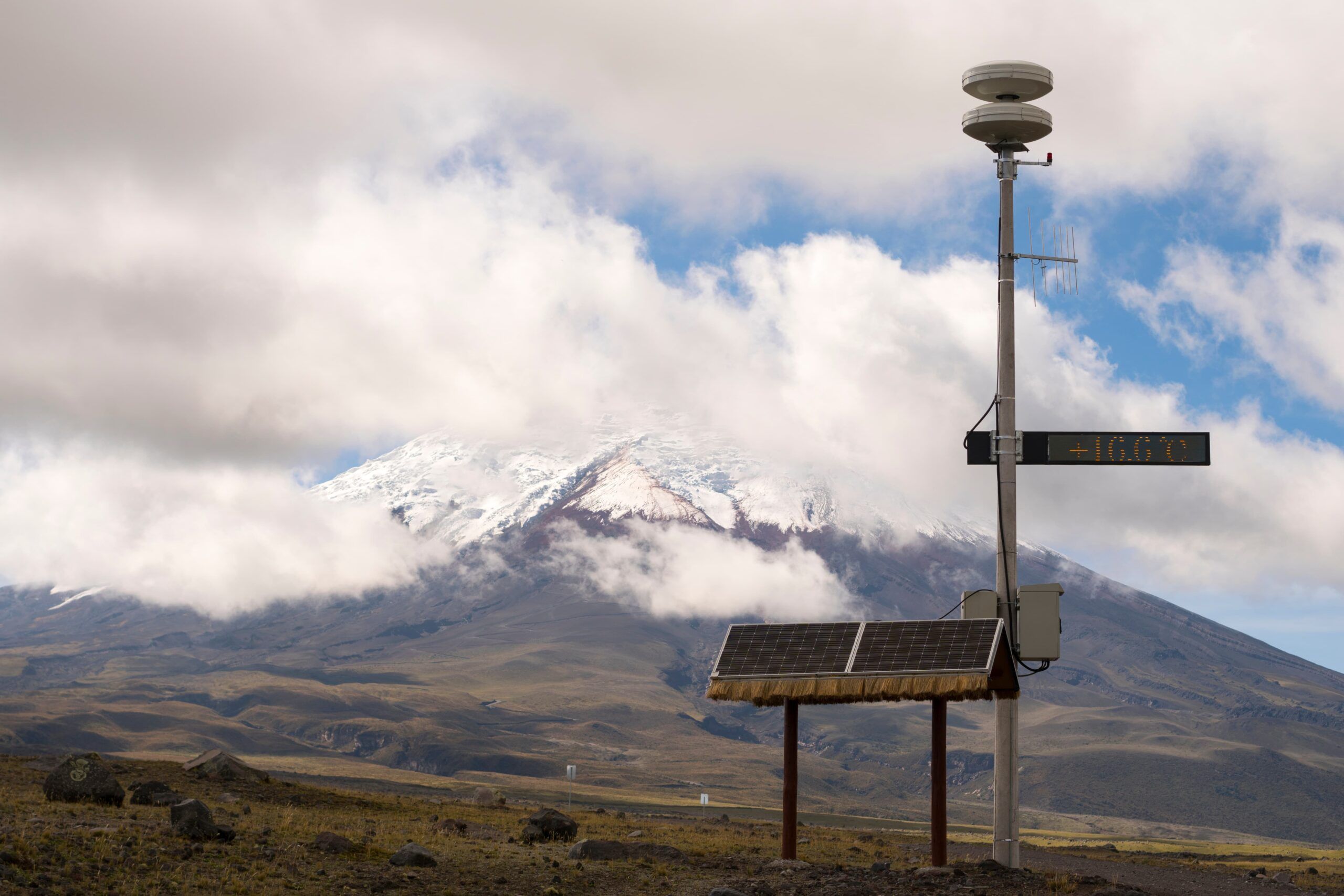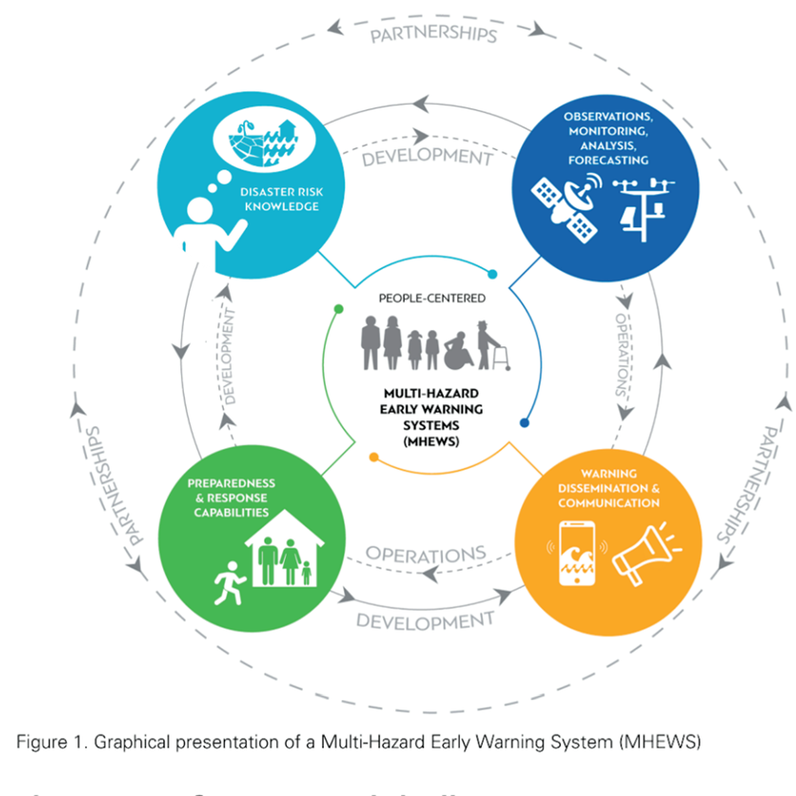
Early warning systems: Saving lives through mobile connection
By Vanessa Gray, Head of Environment and Emergency Telecommunications, ITU and Rachele Gianfranchi, Director of Government Affairs, Everbridge
Today, three out of four people around the world own a mobile phone. This opens new opportunities for the use of mobile networks to share public warnings and save lives.
When disaster strikes, just a little bit of extra time can prepare people to act or evacuate. This is how alerts save lives and will continue to do so amid the onset of climate change and a rising incidence of extreme weather events and natural hazards.
Early warning systems are a proven and effective climate adaptation measure that are estimated to provide a tenfold return on investment.
“Half of humanity is in the danger zone,” observed United Nations Secretary General António Guterres at the UN Climate Conference, COP-27, held in 2022.
“Vulnerable communities in climate hotspots are being blindsided by cascading climate disasters without any means of prior alert.”
He called for investment in the UN’s newly launched Early Warnings for All (EW4A) Initiative, which stipulates that every person in the world should be protected by an early warning system by 2027.
The initiative’s Action Plan puts the International Telecommunication Union (ITU) in the leading role on ‘Warning Dissemination and Communication’ – a critical component of early warning systems that ensures alerts reach the people at risk in time to take action.
ITU – the UN specialized agency for information and communication technologies – is well placed to highlight opportunities for digital networks and services to reach more people through multiple communication channels, including radio, TV, the Internet, social media, mobile phones, sirens, etc.

Digital growth improves early warnings
Today, digital growth presents new opportunities to reach billions of people faster and more effectively, whether before, during, or after disasters.
According to ITU, ninety-five per cent of the world’s population has access to mobile broadband networks. This makes mobile networks an incredibly powerful communication channel to alert populations about an imminent hazard.
Cell-broadcast or location-based SMS (short message service) warnings can be targeted to reach only people located in an at-risk area. These are proven technologies already used in several countries, and their alerts are adaptable to specific requirements, such as a user’s language.
A law adopted by the European Union in 2018 requires all EU countries to set up systems to send alerts via mobile networks by 2022. This regulatory approach has proven an effective way to accelerate the uptake of public warning systems across Europe.
So far, only very few developing countries are using this technology but ITU would like to change this.
Public-private partnership driving mobile alert systems
Mobile-based early warning systems present a key opportunity to raise awareness and drive comprehensive climate adaptation.
To take this forward, ITU is working closely with partners and stakeholders from across both the public and private sectors, bringing government policy makers on emergency management, hydrometeorology, and telecommunications together with the International Federation of Red Cross and Red Crescent Societies (IFRC), the Risk-informed Early Action Partnership (REAP), the United Nations Office of Disaster Risk Reduction (UNDRR), the United Nations Development Programme (UNDP), and the World Meteorological Organization (WMO).
Early warning system (EWS) experts, mobile network operators, and software companies providing safety services to governments are also on board. One of those companies, Everbridge, has already implemented 24 nation-wide public warning systems and is actively promoting the cost-effectiveness of using mobile telecommunication infrastructure for public warnings.

ITU encourages countries to consider a regulatory approach to make the use of mobile networks mandatory for public warnings.
Appropriate incentives, aligned closely with funding programmes, can drastically accelerate rollout, with massive benefits in terms of public safety.
Clear regulatory frameworks, combined with financial support via multilateral development organizations, can maximize the climate adaptation impact of mobile networks, at relatively low cost.
Header image: Atelopus via Adobe Stock
